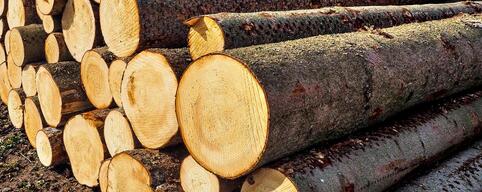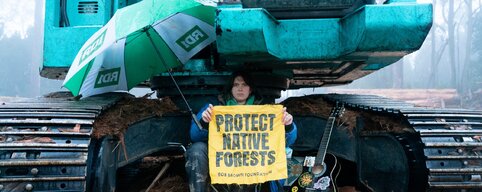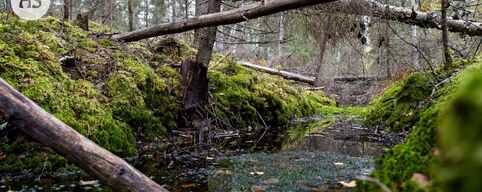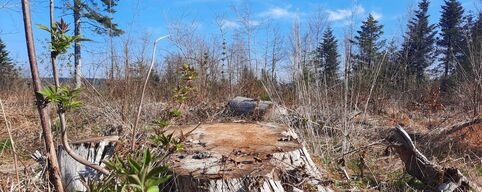

The latest National Forest Inventory has shown that Bavarian private forests have some of the highest timber reserves in Germany. At first glance, this looks like a positive signal, indicating significant economic potential. However, a more detailed analysis reveals some worrying aspects.
The term “stock” refers to the total mass of wood of living trees in forest stands. It is measured in volume-forward cubic meters (Vfm), taking into account a minimum trunk diameter of seven centimeters, including bark. While large stocks are indicative of forest richness, the vulnerability of monocultures, particularly spruce, is a serious concern. In such homogeneous environments, pests, particularly bark beetles, find ideal breeding grounds.
Pure spruce stands are particularly vulnerable. Due to climate change and milder winters, pest populations are growing rapidly. In response to these challenges, forest owners should implement mixed forest models and increase the diversity of tree species. This will increase ecosystem resilience and help avoid long-term damage.
The National Forest Inventory, which is conducted in Germany every ten years, provides a detailed picture of forest conditions and ownership structure. This data is essential for planning and implementing sustainable forestry strategies.
Given the potential threats, forest owners need to think strategically: not only to focus on profits, but also to take care of the long-term preservation of forest health. Transitioning to mixed forests and abandoning monocultures are key steps to reducing risks.
Therefore, forest farmers face a challenging but necessary task: to effectively utilize the high potential of their forests while taking care of their future. The demand for wood as a valuable raw material is growing, but only visionary management will help preserve natural resources for future generations.



